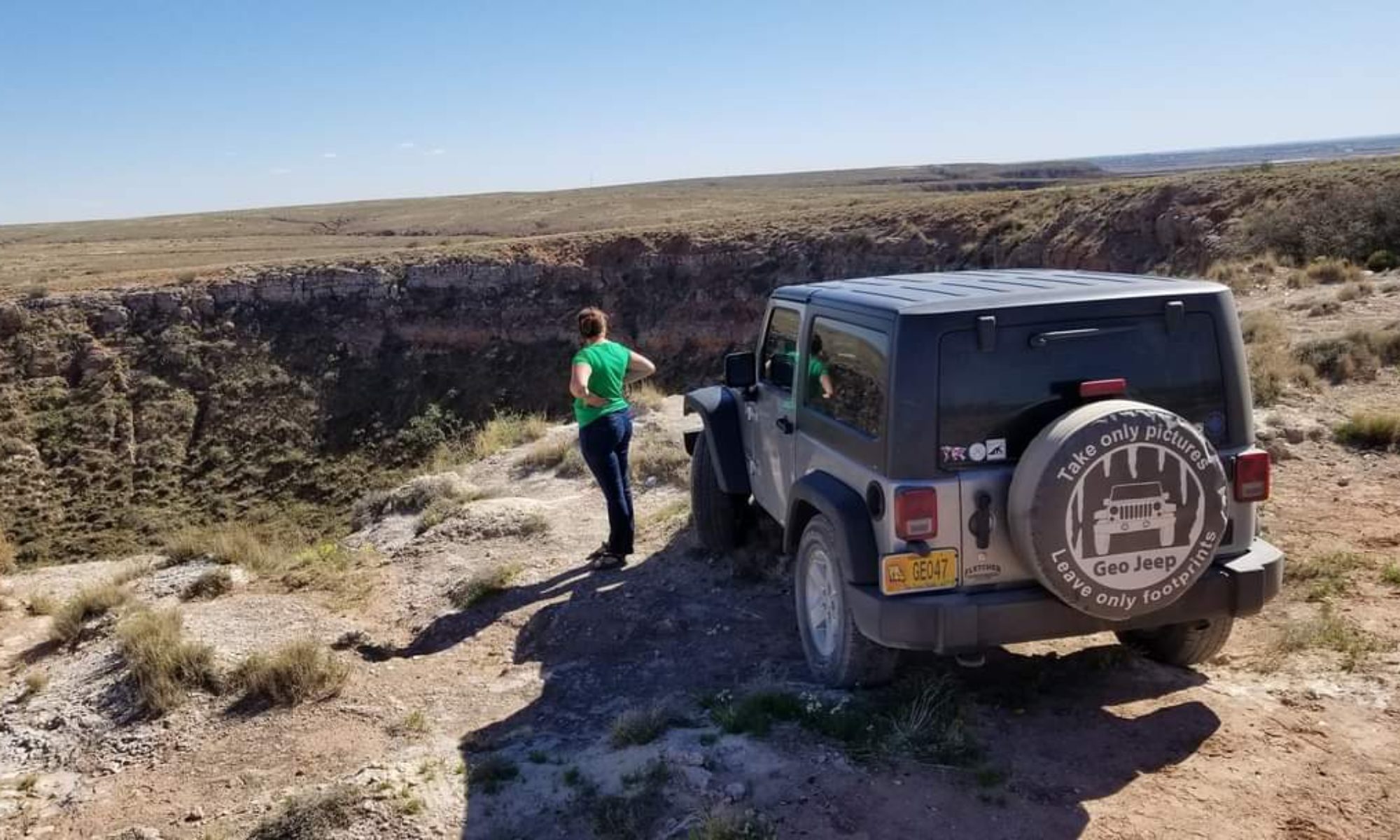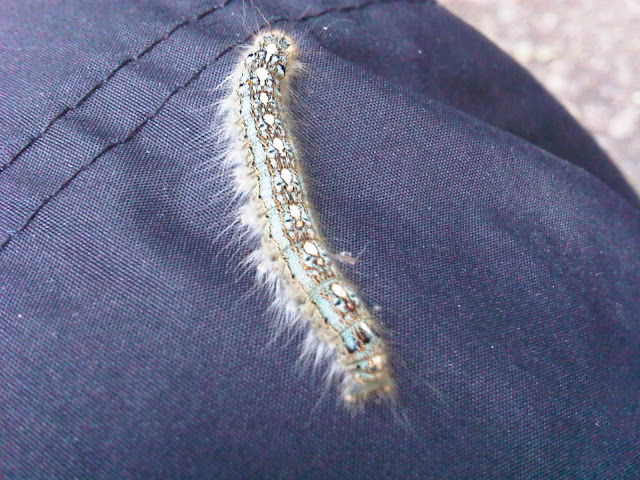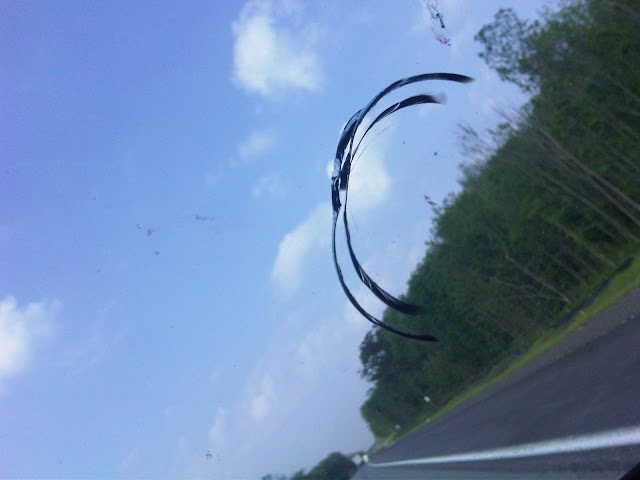There are some experiences in your lifetime you can only have once- the first experiences. The moment when you realize those little post cards with the turquoise blue water isn’t computer enchanced- it actually exists. Custer, South Dakota is that first point in your travels West along I-90 where you start to see those beautiful mountains and vistas that stretch out so far it feels as if they are fake. It still takes my breath away, but sometimes the more exciting part is seeing someone else experience that first view. The excitement of your friends as they see something amazing they never thought could be real is about the closest you can get to that first experience again.
My friends met me in the early morning, having driven all night to meet up with me in Custer. They had been detoured from the flooding in Iowa/Missouri and arrived there later than they had anticipated (intending to nap for a few hours), but they were still more than ready to explore what the area had to offer. We drove through Custer State Park first, stopping by the needles area to climb atop the rocks and take in the view. On the way through I saw what I had been searching for my entire trip: a bison. It was just casually grazing in a field to the left of our travels, and we all stopped to watch.
We arrived at the North end of the park and at lunch at a local cafe that offered bison burgers, having been appetized by the live one in the park. We then headed to Mount Rushmore National Monument so we could see four of the great presidents of the past gaze eternally upon the land. It was an amazing feat, the brain child of Robinson, carried out by Borglum and son, that took 14 years to complete to the point it is today.
After visiting the monument we went to see Jewel Cave, the second longest cave in the world (next to the cave I visited a couple weeks ago, Mammoth Cave). Jewel Cave is a bit different than the typical limestone caves we experience in the midwest. It is relatiely barren of the typical stalactite/stalagmite dripstone deposits, but is completely covered in calcite crystals. It feels like you are walking in a giant geode- And no wonder because the crystals developed in much the same way.
The cave was full of water, supersaturated in minerals, and they began to deposit on all surfaces of the cavern as a blanket. The deeper in the cave you are the thicker the crystals will be- a blanket of crystals that can be many feet thick. This is because as the water level dropped, the higher areas in the cave ceased to deposit while the lower areas had more time (and a more saturated solution) to continue to deposit onto the surfaces.
The cave tour is incredibly informative, and our tour guide happened to be a member of a local grotto. We were able to chat about caving in the area and the differences in midwestern caving versus caving of this area. Apparently they have much more maganese in their caves, their suits often covered black like soot after a caving trip. Our caves of the midwest tend to be wetter, and muddier, most of us coming out covered in clay and mud at the end of a cave trip.
After our tour of Jewel Cave we headed back to Custer, picked up some groceries, and then headed to our campsite near Stockton lake in Custer State Park. The campsite here was well shaded by the lodgepole pines, and also abundant pine needle litter to help start the fire. It was nice to sit around the fire with friends instead of being alone for once. We chatted and enjoyed the warmth while watching youtube videos on the one phone out of the three of us that had service.
Tomorrow we had a long drive ahead of us, but it would be a scenic one as we had a couple places to stop along the way. Yellostone was a good drive away, but it was something we were all looking forward to seeing- and a place where we would be meeting up with more friends to turn our party of three into a party of five.
I was enjoying this trip even more now that I had friends joining me. Part of the wonders of travel is sharing those experiences with others, and the ultimate way to do that is to have them there with you. I can take as many pictures as I want and share them all with you- but know that you can’t truly appreciate the depth and beauty of these places without going there yourself. If you chose to go to some of the places I have shared with you, please return the favor by sharing with me. Nothing makes me happier than hearing, and seeing, the wonderment of those expereincing such beautiful places for the first time.
-Nicole








